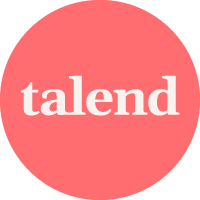My main use case for Qlik Talend Cloud involves extracting data from different sources and loading it to the target database by applying various transformation rules that I receive from the business.
In a specific project, my role involves extracting data from SAP systems and different databases, applying the transformation rules received from the business, and loading it to target database systems, which could include anything from files to databases. After the data is loaded, I perform some unit testing and load the job into Qlik Talend Cloud.
Regarding my main use case with Qlik Talend Cloud, I feel that compared to other ETL tools, Talend is better because it is built on Java; this allows users to customize their own requirements and logic. It is very easy to use and offers multiple connectors and components, with around 900 plus components available.
